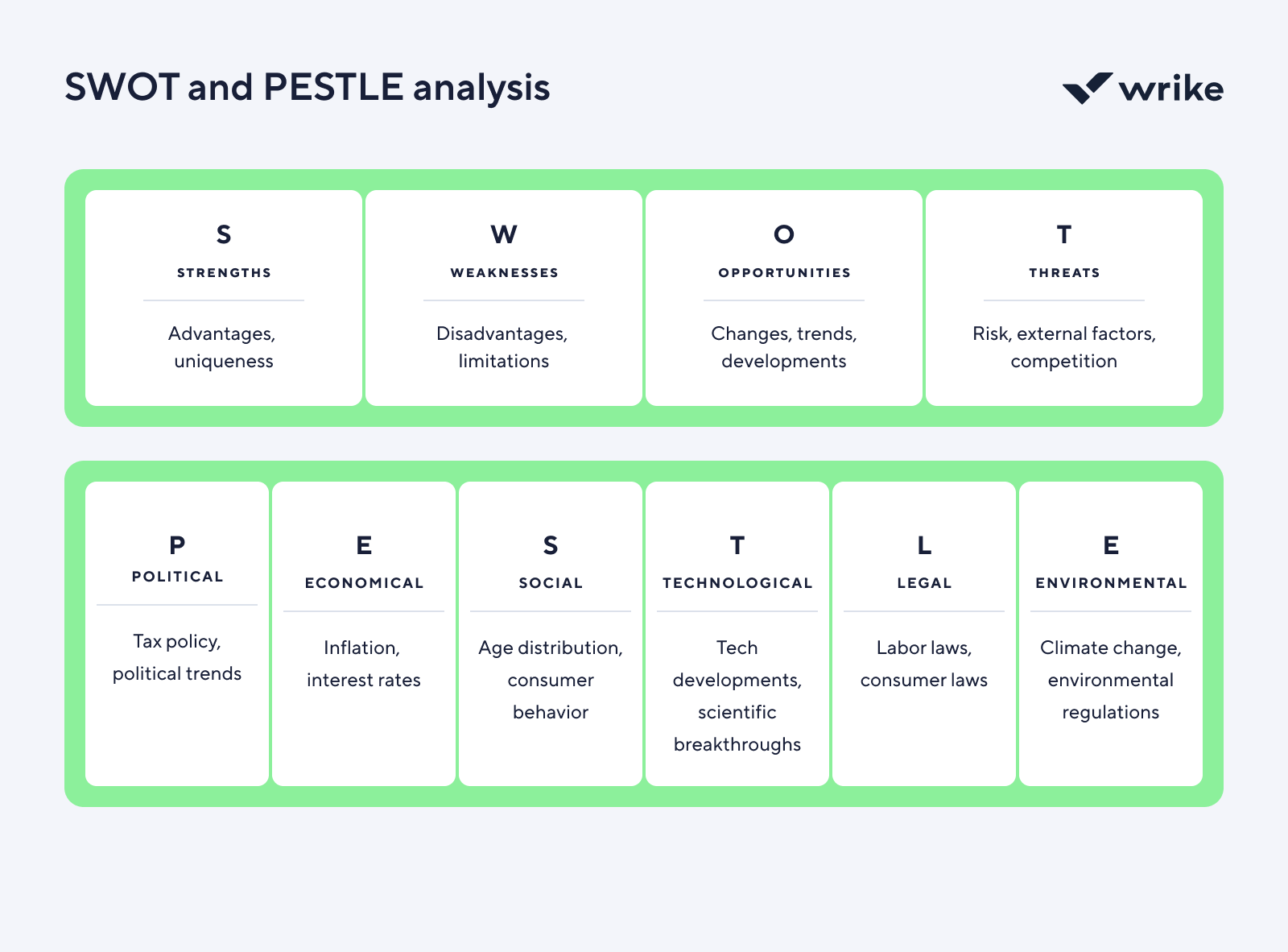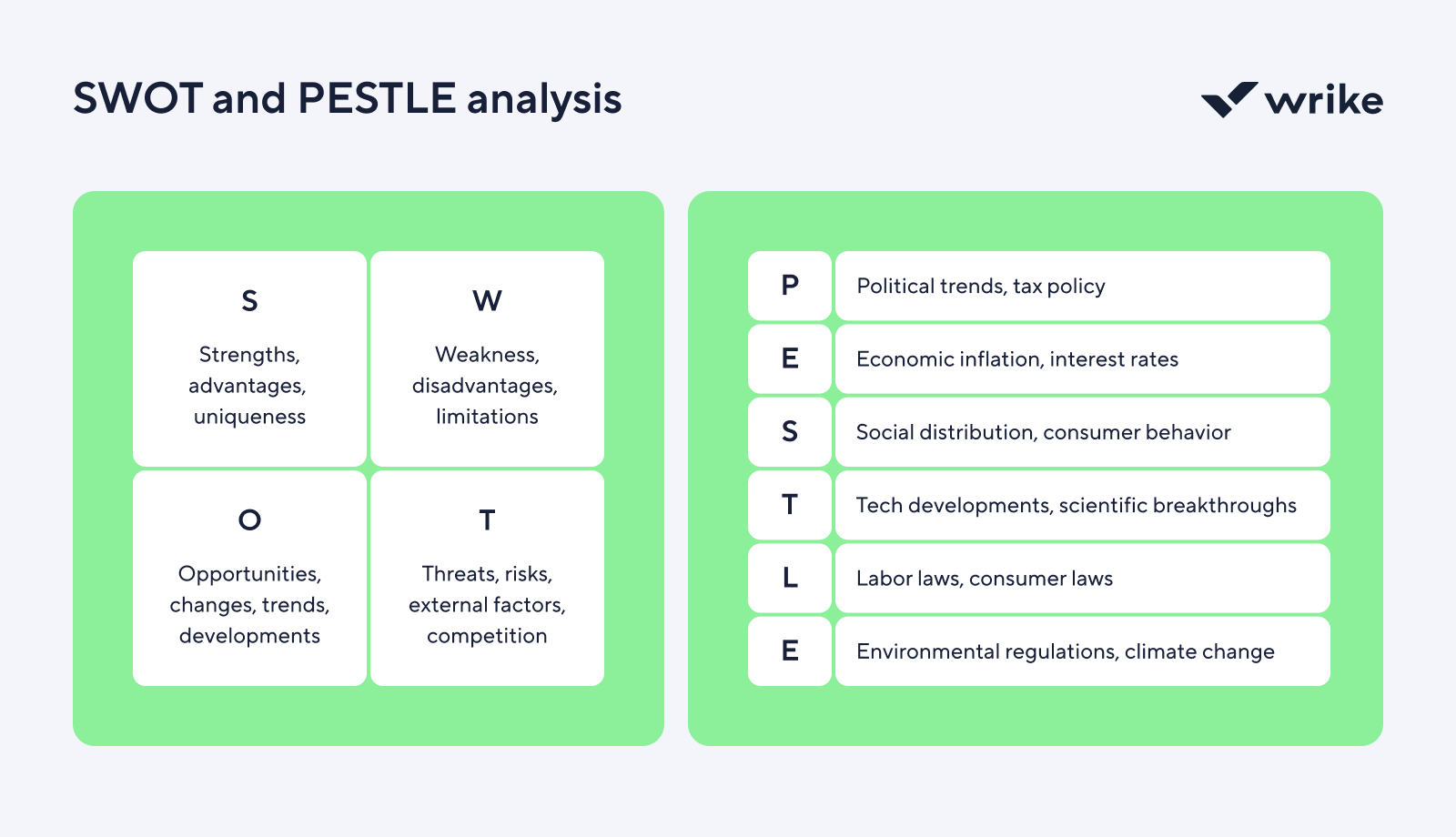Key takeaways:
- What is strategic planning? It’s an ongoing process that defines business goals and creates a roadmap for achieving them, ensuring long-term development rather than reactive responses to market changes.
- Why is a values statement important? It guides professional behavior and decision making, influencing both internal operations and customer relationships.
- What are the key components of a strategic plan? Essential parts include vision and mission statements, SWOT analysis, goals, objectives, and action plans.
- How do you implement a strategic plan? Begin by assessing your business environment, defining goals, sharing the plan with your team, and regularly revising it based on performance data.
- What benefits does strategic planning provide? It leads to clear direction, increased team engagement, informed decision making, proactive management, and long-term sustainability.
Feeling the pressure to align your team and hit ambitious goals? Strategic planning is the go-to mechanism for turning a company’s vision into measurable success. Whether you’re operating a small coffee shop or running a Fortune 500 company, strategic planning helps you define business goals and creates a strategy map for achieving them.
When done well, strategic planning helps organizations focus on long-term business development by breaking down the individual components needed to achieve their strategic vision.
So, whether you’re scaling up or shifting direction, it all starts with a strategy built to deliver.
What is strategic planning?
Strategic planning is the process of defining an organization’s direction and aligning resources to turn long-term goals into actionable results. It’s a type of business strategy that involves setting goals, identifying key initiatives, and outlining a clear sequence of activities to achieve measurable outcomes.
Simply put, strategic planning helps an organization figure out where it wants to go (vision and goals), how it will get there (strategies and initiatives), and how it will know if it’s succeeding (key performance indicators or KPIs).
When done right, it helps teams stay focused on progress and respond effectively to change to meet their goals despite internal and external factors. It’s the blueprint for operational excellence.
Key elements of strategic planning
By breaking strategic planning into bite-sized chunks, a clear structure emerges to help businesses prioritize work, track progress, and adapt with confidence. These elements form the core framework that drives a company toward its organizational goals.
- Vision statement: Defines long-term aspirations of the organization. Your organization’s vision statement sets out your long-term aspirations, focusing on what you want to achieve in the future. Vision statements should be concise, aspirational, and connected to your organization’s goals.
- Mission statement: Explains the purpose and core activities. It describes why it exists, who it serves, and what it does. It also outlines , in a nutshell, how you intend to achieve your vision. The organization’s mission statement and organizational culture are usually intertwined.
- Goals and Objectives: Sets specific and measurable targets. The business goals section of a strategic plan explains what the entire company wants to achieve in concrete terms.
- SWOT Analysis: Assesses strengths, weaknesses, opportunities, and threats (SWOT). It helps you understand the internal factors that could impact your strategic plan, and gives you a broader understanding of how your organization fits into the business landscape.
- Action plans: Outline specific steps to achieve goals. These are sometimes described as “tactics” or “approaches,” describing the specific steps you’ll take to achieve your objectives. These plans break your strategic objectives down into actionable tasks and subtasks — the stepping stones that take you through your strategic plan.
- Resource allocation: Distributes time, budget, and team members where they’ll have the greatest impact. It keeps projects running smoothly, prevents bottlenecks, and helps teams stay aligned with strategic priorities.
- Key performance metrics (KPIs): Track progress and success. They serve as clear benchmarks that define what success looks like and help you measure whether your strategic goals are being met.
- Monitoring and Evaluation: Review and adjust the plan as needed. Being agile is what makes the strategic planning process successful. Here, you’re able to tailor your process based on the results from your KPIs.
What is a strategic plan?
A strategic plan is a clear, actionable roadmap that outlines business goals and how to achieve them. It connects high-level objectives to the work that supports them, so everyone knows what’s being done, why it matters, and who’s responsible.
In other words, a strategic plan is the product of strategic planning, which typically brings together two key components: outputs and deliverables.
The output is a clear, centralized document that outlines your mission, vision, goals, KPIs, and the sequence of activities needed to deliver results.
The deliverable is a shared, actionable plan — built to evolve, easy to access, and designed to keep cross-functional teams moving in sync. It drives accountability and real-time visibility, so you can turn strategy into impact without losing momentum.
5 steps in strategic planning
Following a clear process helps teams prioritize what matters and keep progress visible every step of the way. Here are the five key steps that make strategic planning effective:
Step 1: Define the vision and mission
Start by aligning your team around a shared purpose. Your vision paints a picture of where you want to go, while your mission explains why you exist and how you’ll get there. A clear foundation keeps everyone focused on what matters most.
Example:
Vision: “Help business transform through innovative visual experiences.”
Mission: “To create exceptional, user-centric designs that combine creativity and modern techniques to drive client success.”
Tips:
- Keep it simple and inspiring — avoid jargon.
- Involve leadership and key team members to ensure alignment.
- Connect daily work to the bigger picture with a clear, motivating mission.
Step 2: Analyze the current business environment
Take a step back and assess where you stand. There are various ways to do this, but a SWOT and PESTLE analysis are the most common. 
- A SWOT analysis identifies the strengths, weaknesses, opportunities, and threats. This gives context to make smart, informed decisions and build on what’s already working.
- A PESTLE analysis helps you evaluate the political, economic, social, technological, legal, and environmental factors that could impact your business. It gives teams a sharper view of the external landscape so they can plan with confidence, adapt quickly, and stay ahead of change.
Analyze internal pressures within your business, research the external environment you’re operating in, and gather data and feedback on your team’s past performance to lay the groundwork required for strategic goal setting. Business leaders often reference time tracking reports, cash flow statements, feedback reports, customer insights, and resource allocation tools to help with this step.
Example:
- Strength: Strong product-market fit
- Weakness: Limited brand awareness
- Opportunity: Rising demand for creative user-centric designs
- Threat: Rapidly growing competitors with more funding
Tips:
- Gather input across departments. Everyone sees different parts of the puzzle.
- Don’t sugarcoat weaknesses. This is about clarity, not comfort.
- Consider industry trends, competitor moves, and customer feedback.
Step 3: Set goals and objectives
Once you’ve defined your vision and analyzed where you stand, the next step is to translate big-picture strategy into actionable goals. This is where strategy meets execution.
Clear goals keep teams aligned, minimize duplicate efforts, and move the business forward. Write out long-term goals or high-level objectives and key results (OKRs) to decide the best way to keep work structured and track progress in real time.
One of the most popular ways to approach goal setting is to use SMART principles (Specific, Measurable, Achievable, Relevant, and Time-bound), which serve as clear benchmarks for your team to aim for.
Example:
- Goal: Increase customer retention by 15% in the next 12 months.
- Objective: Launch a new onboarding experience by Q3 to improve early user engagement.
Tips:
- Make sure every objective ties back to the mission and creates momentum toward the bigger picture.
- Prioritize initiatives that drive the most impact.
- Make goals visible in a shared workspace to keep everyone on track.
Step 4: Create strategies, action plans, and track metrics
Once your goals and high-level OKRs are in place, the next step is to create a roadmap for how you’ll achieve them. This is where strategic intent becomes day-to-day execution. Break strategies down into actionable plans, assign ownership, and clarify timelines. The more visible and trackable your plan, the easier it is to measure progress.
Strategies and action plans give your team the clarity, structure, and accountability needed to move confidently from intention to results. Adding key performance indicators (KPIs) ensures you’re measuring what matters, so you know what’s working, and where to pivot.
Example:
- Strategy: Improve customer onboarding experience
- Action Plan:
- Redesign onboarding emails by July 15
- Launch interactive tutorials by August 1
- Assign customer success lead to monitor user feedback weekly
- KPIs:
- Onboarding email open rate > 60%
- Tutorial completion rate ≥ 75%
- 30-day user retention rate increase from 65% to 75%
Tips:
- Assign clear ownership and deadlines to each task.
- Use platforms like Wrike to visualize timelines, dependencies, and progress.
- Revisit and refine plans regularly as you learn and adapt.
Step 5: Implement, monitor, and adjust
You’ve set your goals, mapped out strategies, and created action plans — now it’’s time to bring it all to life. Use project management tools to help track progress, tackle issues early, and stay nimble. This makes it easy for teams to adjust and stay aligned as things evolve.
Example:
- Implement: Set up a monthly strategy review meeting.
- Monitor: Track key metrics, such as onboarding completion rate, churn rate, and customer satisfaction scores.
- Adjust: Make data-driven decisions to tweak campaigns or shift priorities.
Tips:
- Use dashboards and reports to monitor KPIs in real time.
- Create regular check-ins for accountability.
- Encourage team feedback to spot gaps early and course-correct fast.
Strategic planning example
A small neighborhood coffee shop wants to grow to stay ahead of new competition. With a vision to become the community’s favorite spot, the owner and team begin developing a strategic plan to meet their goals.
The example below shows how they use strategic planning to grow. By setting clear goals, the shop can attract more customers and increase sales.
| Step | Description | Example for Local Coffee Shop |
| 1. Define vision and mission | Set long-term aspirations and purpose. |
Vision: Become the favorite community coffee spot. Mission: Serve high-quality, sustainable coffee with friendly service to our neighborhood. |
| 2. Analyze current business environment | Assess strengths, weaknesses, opportunities, and threats (SWOT). |
Strengths: Great location, loyal customers. Weaknesses: Limited seating. Opportunities: Growing local interest in specialty coffee. Threats: New competitors nearby. |
| 3. Set goals and objectives | Create SMART goals aligned with vision and mission. |
Increase monthly sales by 20% within six months. Launch a new seasonal drink menu by next quarter. |
| 4. Develop strategies and action plans | Outline how to reach goals, assign tasks, and define KPIs. |
Strategy: Promote new seasonal drinks and improve customer experience. Actions: Create a social media campaign (marketing team: due in one month). Train staff on upselling (operations team: ongoing). KPIs: Monthly sales growth, customer satisfaction scores. |
| 5. Implement, monitor, and adjust | Execute the plan, track KPIs, and refine based on results. |
Launch social campaigns and track sales weekly. Hold monthly team reviews to discuss feedback and adjust promotions. Adjust the menu based on customer preferences. |
They assess their strengths and identify challenges with a clear goal in mind: Boost monthly sales by 20% in six months and launch a seasonal drink menu.
The team develops an action plan to promote seasonal drinks, train baristas on upselling, and launch a social media campaign. Progress is measured through KPIs like sales growth and customer feedback, with weekly check-ins to stay aligned and make timely adjustments.
By combining focused goals and smart execution, the shop moves confidently toward long-term success.
Why is strategic planning important?
Strategic planning is crucial because it’s the driving force for long-term success by aligning teams around measurable goals, staying ahead of the competition, and adapting quickly when things change.
According to Harvard Business School, strategic planning is important because it creates a forward-focused vision, draws attention to flaws, and tracks progress based on strategic goals.
Using strategic planning tools with project management software
When your team understands how their tasks tie to company goals, they can focus and deliver their best work. A workflow management platform is key to making this connection seamless. With built-in collaboration features, teams can have clear communication, share updates, and improve daily operations — no matter where they are.
Dashboards provide a visual overview of progress and track KPIs that matter most to your strategy. Ready-made templates speed up planning and help standardize processes, so senior leadership can focus on driving results instead of reinventing the wheel.
Ready to try it out for yourself?
FAQs
What are the most common strategic planning tools?
Common tools include SWOT analysis, PESTLE analysis, balanced scorecards, and OKRs (objectives and key results). Many teams also use work management platforms like Wrike to connect strategy with execution.
What are some effective strategic planning techniques?
Techniques like scenario planning, gap analysis, SMART goal setting, and Porter’s 5 Forces help teams assess their position and make informed, forward-looking decisions.
Who should be involved in the strategic planning process?
Strategic planning should involve leadership, key department heads, and team managers. Input from cross-functional teams ensures the plan is realistic, actionable, and aligned across the organization.
What’s the difference between strategic planning and strategic management?
Strategic planning defines your direction and goals. Strategic management is the ongoing process of executing, monitoring, and adjusting the plan to stay aligned with those goals over time.
What is the typical time horizon of a strategic plan?
Most strategic plans look ahead three to five years, with regular reviews to stay aligned and adjust as needed. For fast-paced teams, shorter, more agile planning cycles keep strategy flexible and execution on track.
How can strategic planning improve organizational performance?
It aligns teams around shared priorities, reduces wasted effort, and helps leaders allocate resources more effectively, which leads to better outcomes and stronger results.
How does strategic planning affect business productivity?
Strategic planning positively impacts business productivity by reducing misalignment, increasing efficiency, and keeping everyone moving in the same direction.
What are common challenges of strategic planning?
Challenges often include a lack of alignment, vague goals, limited data, and failure to follow through on execution.
What are AI trends in strategic planning?
AI is streamlining strategic planning through predictive analytics and automated reporting. This helps teams forecast more accurately, spot risks earlier, and plan with greater confidence.







